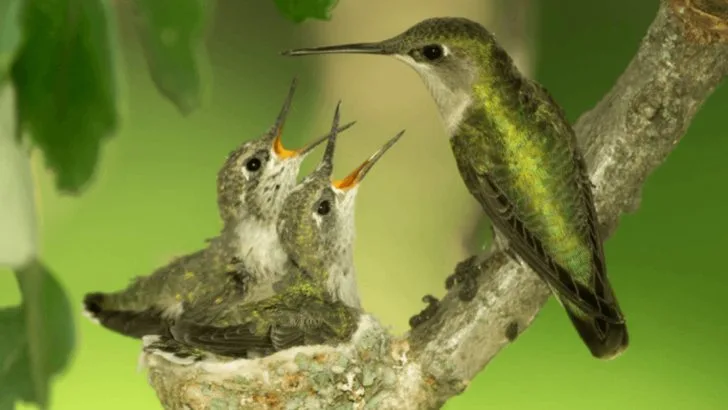Discovering a hummingbird’s nest in your yard is a magical experience, but it also comes with a sense of responsibility. These tiny birds are incredibly delicate, and the nest is a precious sanctuary that requires special care and consideration. If you happen to spot one, it’s important to understand the do’s and don’ts to ensure that the hummingbirds remain safe and undisturbed.
First and foremost, it’s crucial to avoid touching the nest, as this can cause stress to the birds and may lead to them abandoning it. Protecting the nest from predators and offering natural food sources like nectar-rich plants can also help support the mother hummingbird in her nurturing role.
Learn everything you need to know about coexisting with hummingbirds and how to protect and respect their nesting space to keep these beautiful creatures thriving in your yard!
Nest Location
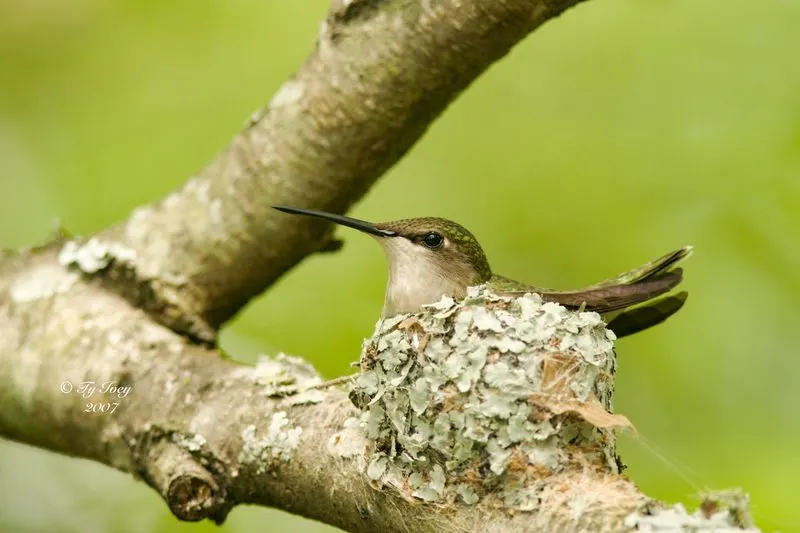
Spotting a hummingbird nest is like finding nature’s hidden treasure. These nests, often smaller than a walnut, are intricately woven with plant fibers and spider silk. They are typically camouflaged on slender branches or within dense foliage, making them tricky to detect. Look for them close to nectar sources or water. Remember, these tiny architects are protective of their space, so admire from afar. Creating a bird-friendly environment with native plants can encourage more visits, offering a continuous spectacle of these aerial acrobats.
Egg Observation
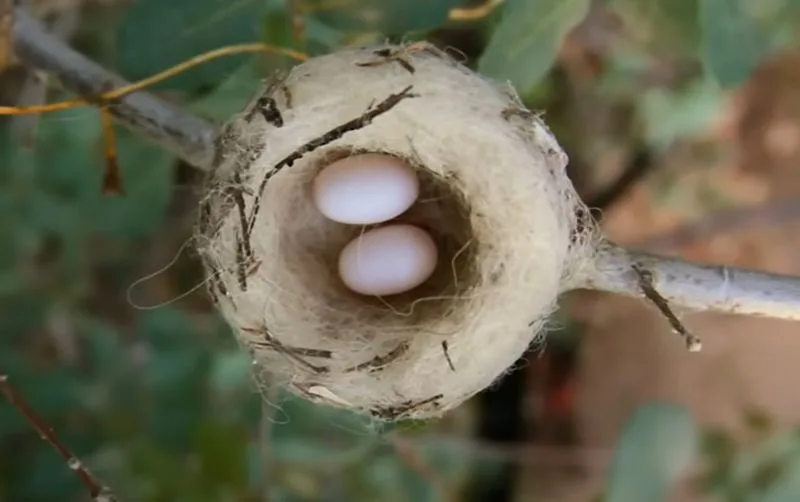
The sight of tiny eggs nestled within a hummingbird’s nest is a rare and joyful glimpse into the cycle of life. These pearl-like eggs, usually two per nest, symbolize hope and renewal. It’s essential to give them space and avoid handling to ensure their safety. The mother bird needs to feel secure to continue incubating the eggs. Providing a peaceful, predator-free environment can contribute to a successful hatching. Observing from a distance with binoculars can be a great way to witness this natural wonder without causing disturbance.
Nesting Season
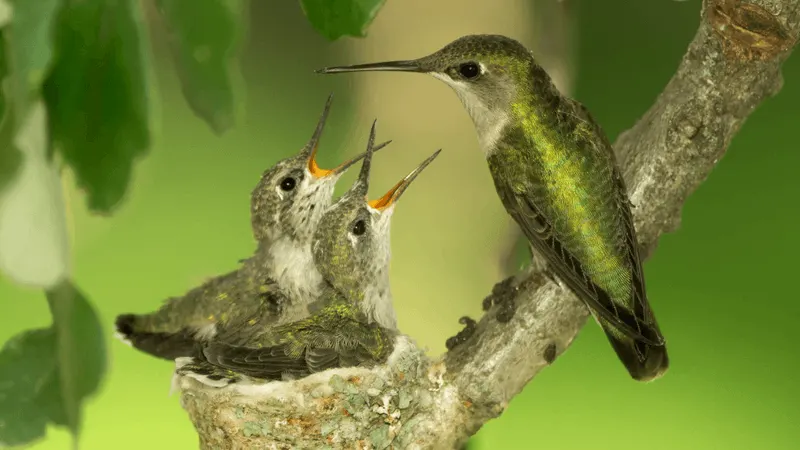
Understanding the timing of a hummingbird’s nesting season enriches the experience. Typically, these little creatures begin nesting in spring, continuing through summer. Knowing when to expect them helps in planning garden activities that won’t disturb their process. During this period, mother hummingbirds are especially active in feeding and protecting their young. Respect their timeline by minimizing noise and avoiding pruning shrubs or trees where nests may be hidden. This awareness fosters a harmonious coexistence, ensuring these seasonal guests return year after year.
Feeding Habits

Observing hummingbirds darting around for food is truly a mesmerizing sight. Their feeding habits involve frequent trips to flowers and feeders, seeking nectar to fuel their high-energy lifestyle. Providing a variety of nectar-rich flowers, like trumpet vine or bee balm, can help sustain them. Additionally, maintaining clean feeders with fresh sugar water ensures they’re attracted to your yard. Avoid using pesticides, as these can harm both the birds and their food sources. This small act of support creates a thriving environment for these delightful visitors.
Interaction Cautions

While it’s exciting to have hummingbirds nearby, maintaining a respectful distance is crucial. These tiny birds are sensitive to disturbances, which can stress them during the nesting period. Avoid touching or moving nests, and keep pets and noisy activities away from the area. Encourage children to watch quietly and learn about the birds’ behaviors. Educating your family about these gentle practices ensures a peaceful coexistence. Your yard can become a sanctuary for these enchanting creatures, providing a safe haven where they can thrive undisturbed.
Hummingbird Myths
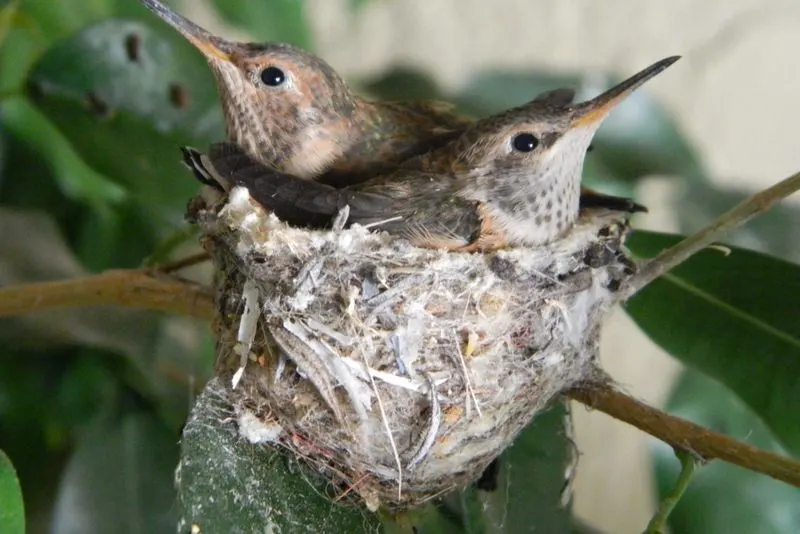
Hummingbirds have long been subjects of myths and legends, often seen as symbols of joy and healing. Some cultures believe they bring love or act as messengers between worlds. These charming tales add a layer of magic to your garden experience. While enjoying their vibrant presence, remember that these myths, though delightful, are just stories. Focus on providing a nurturing environment where these real-life wonders can flourish. Sharing these myths with friends and family can enhance the enchantment of having these birds in your yard.
Conservation Efforts
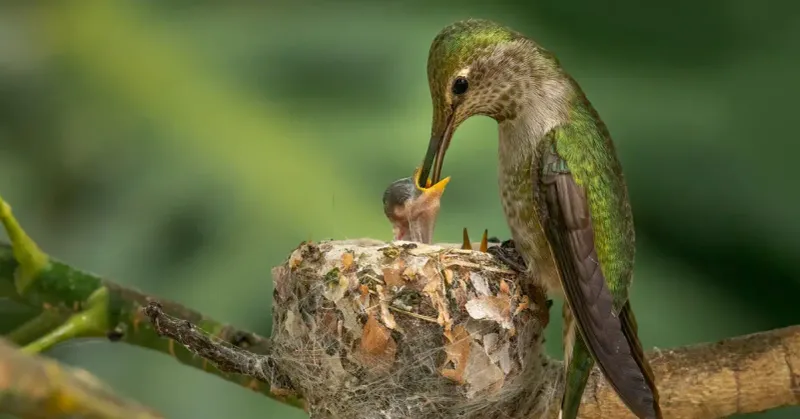
Creating a haven for hummingbirds involves more than just planting flowers. Conservation efforts are crucial to their survival, including the planting of native flora and providing safe, pesticide-free habitats. Supporting local conservation programs can make a significant impact. Get involved with initiatives that promote biodiversity and educate others about the importance of protecting these creatures. By transforming your yard into a mini-reserve, you contribute to the broader effort of sustaining hummingbird populations for future generations to enjoy, ensuring their vibrant dance continues.

